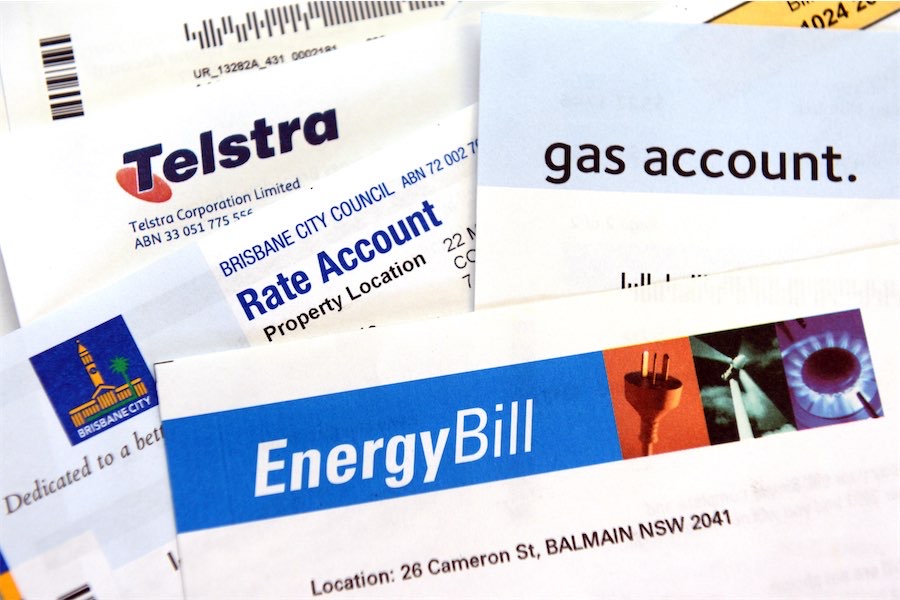
THIS concert of clarinet and piano works by American composers was rewarding in every sense. The playing from Eloise Fisher (clarinet) and Edward Neeman (piano) was virtuosic, the program was most entertaining encompassing a wide variety of musical styles and the concert atmosphere was easy going and relaxed.
I’d certainly not expected to learn anything about tennis but I now know that in American Doubles, three players are on court!
The concert opened with “Three Preludes” by George Gershwin and, almost immediately, thunderous piano chords filled the Wesley Music Centre with a powerful but lush sound. Edward Neeman demonstrated excellent dynamic control and contrast, his softer playing was delicate and always sympathetic to the clarinet lead.
Fisher displayed quite amazing dexterity. Her lower register tone was rich and beautiful but her sound became a little shrill and less controlled in the upper register, particularly during the “Andante con moto” prelude. The final “Agitato” was wonderfully joyful. The Gershwin rhythms were devilishly complex but the duo sounded as one and the passing of phrase from one to the other was just seamless.
Tricky rhythms featured again in the Robert Muczynski’s “Time Pieces”. A frenetic “Allegro risoluto” led to a slow, mournful and quite moving “Andante espesssivo” with more rich and pure sonority in the lower clarinet register. The third of the “Time Pieces” was terrific with a fluttering, gentle piano suddenly transforming via crashing interjections. Again the passing of phrases between the two instruments was a delight as was the beautiful clarinet cadenza in the final “Andante molto”. The musical understanding between the two players as the cadenza ended and the piano joined was most impressive. Quite a magic moment!
Jazz ended the first half with the D’Rivera “Chiquita Blues” from the “Cape Cod Files”. This was certainly not in the standard 12 bar blues form but was complex and very showy in its depiction of life in the fast lane of New York City.
Two more Gershwin pieces, arranged by Neeman, opened the second half. Music leads the imagination in all sorts of directions and I found myself hearing “Merry Andrew” as an American jazz brother to Australia’s own Percy Grainger’s “Handel in the Strand”. “I Got Rhythm” was clever and very tricky both in arrangement and performance. It was fascinating hearing an outstanding classical clarinettist playing the Gershwin classic. I’d love to have heard a purely jazz player, say Don Burrows, performing an interpretation of the same arrangement. They’d both be great, but quite delightfully contrasting and what fun it would be to compare the styles.
The Aaron Copland “Clarinet Sonata” was gentle and laid back rather than hustle and bustle, much more imagery music with the wide open American landscape depicted by a broad, expansive rich clarinet sound. The slow movement was perfectly controlled in the lower register but, as earlier, there was a touch of tonal insecurity up high.
Quite astonishing clarinet breath control accompanied by an absolute command of piano rhythmic patterns highlighted the finale – a rousing “Klezmer Sonatina” by Paul Schoenfeld.
Musical chemistry between the two performers throughout the concert was delightfully obvious. From powerful and commanding to whisper quiet and delicate this was a performance of excellent quality with a full range of musical emotions on display. Younger audience members, perhaps students of the performers, will have left suitably enriched and inspired whilst the older listeners were simply in awe.
Who can be trusted?
In a world of spin and confusion, there’s never been a more important time to support independent journalism in Canberra.
If you trust our work online and want to enforce the power of independent voices, I invite you to make a small contribution.
Every dollar of support is invested back into our journalism to help keep citynews.com.au strong and free.
Thank you,
Ian Meikle, editor




Leave a Reply